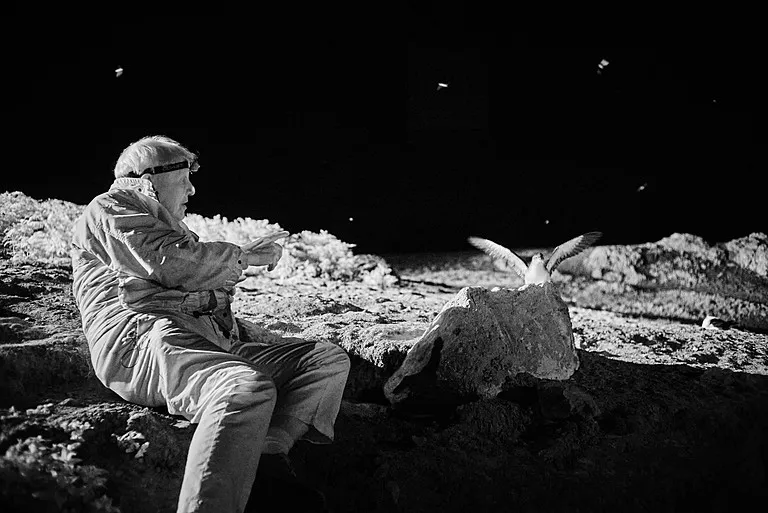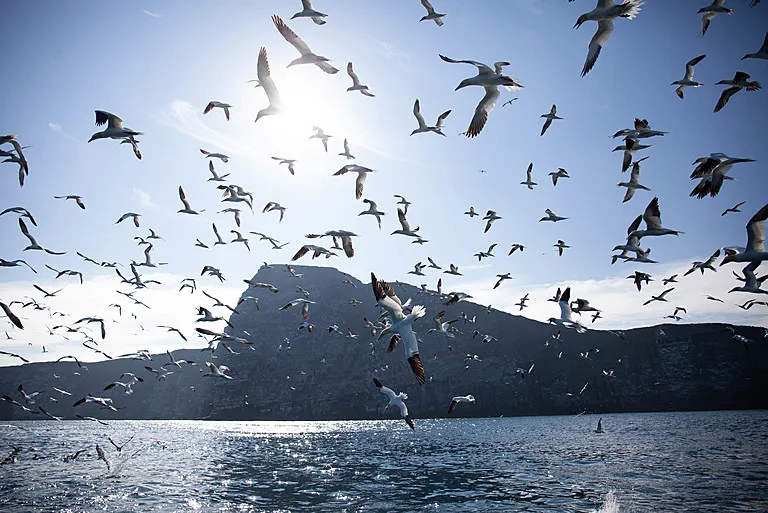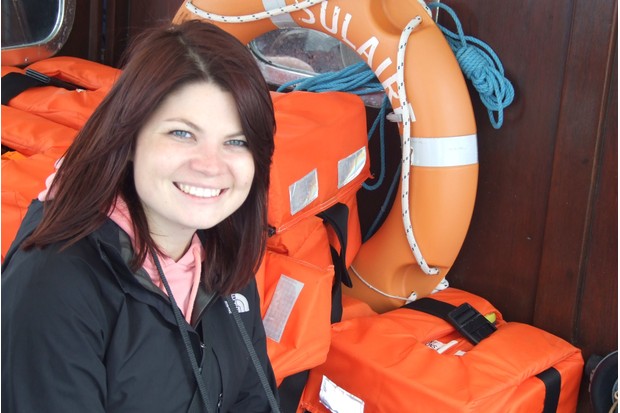Wild Isles is a five-part BBC series exploring how our woodland, grassland, freshwater and ocean habitats support wildlife of all kinds.
In episode five, Ocean, Sir David Attenborough takes viewers beneath the waves to a vibrant, colourful world and uncovers stories of the rich marine life thriving along Britain and Ireland’s 35,000km of coastline.
Expect to see footage of an otter hunting underwater, seabirds in huge numbers and a fish that can grow as long as a double-decker bus.
Here in Britain and Ireland we have some of the richest seas in Europe. Our varied coastline, if you include all the many offshore islands, is over 22,000 miles long and none of us live more than 70 miles away from the sea. Yet few of us have seen the wonders beyond the beach and beneath the waves. In this episode we will take you from the most southerly point of the United Kingdom to the furthest north to explain why our seas can be so productive and reveal the threats that they face today.
Sir David Attenborough
When does Wild Isles air?
Episode five, Ocean, airs on BBC One and iPlayer on Sunday 9th April at 7pm.
What are the key stories in episode four?
Otters, Shetland Isles
The Shetland archipelago is the European capital of this much-loved mammal, the Eurasian otter. Food and habitat are plentiful along Shetland's low, rocky coast. A combination of drones and stabilised cameras on a boat captured intimate underwater footage of an otter mum returning to her holt from the kelp forests where she has hunted offerings for her pups to grapple with, including a live octopus and a feisty crab.
Cuttlefish, Dorset
A true wonder of our coastal waters, the cuttlefish may be a mere mollusc by definition, but research has shown this multi-talented creature to be of superior intelligence to its oceanic neighbours. Its super-sized brain enables it to flash out messages, access memories and change the pigment of its skin to hide from predators or ‘cross dress’ to secure a mate. This clever creature uses bioluminescence to locate its prey in the dark and, thanks to the development of new technology, the team caught this on camera.

Zooplankton and sharks, British Isles
In spring and early summer, our seas explode with the bloom of billions of phytoplankton, microscopic plants that feed a wealth of animals higher up the food chain, including zooplankton, alien-like creatures that range from single-cell protozoa to jellyfish. Zooplankton, in turn, draw the ocean’s gentle giant, the basking shark, which the crew observed gliding through the dense clouds with its one-metre-wide mouth open to maximise its catch.
Sea slugs, Shetland Islands
Living in shallow sheltered bays off the Shetland Islands, royal flush sea slugs can take off from the bottom and swim through the water in what seems like a dance of fairies to migrate to new pastures, using their mantels as wings. It’s the first time this mass migration has been filmed as the sea current carries them for miles. The team came across this behaviour by accident while searching for another species. They used divers with hand-held cameras to capture the footage, as well as a time-lapse camera on an underwater tripod.
Where is Wild Isles episode four filmed?

Gulf Stream and winter storms: Cornish Coast; West Coast of Ireland
Seal fight: Blakeney Point, Norfolk
Seal pup exploring: Scilly Isles
Seagrass and seahorses: Scilly Isles; Dorset
Cuttlefish: Dorset
Spider crabs: Pembrokeshire coast; Dorset
Mud slugs: Shetland Isles
Tidal Communities: Bristol Channel, Wales; Corryvreckan, Hebrides; Shetland Isles
Otters: Shetland Isles
Clingfish: Shetland Isles
Plankton bloom and basking sharks: Cornwall; Hebrides; West coast of Ireland
Bluefin tuna: Cornwall
Seabird spectacle: Wales; Shetland Isles
Manx shearwaters: Skomer, Pembrokeshire

Check out more Wild Isles filming locations
Meet Wild Isles episode five producer Gisle Sverdrup
Gisle Sverdrup believes that people will be surprised by the richness, diversity and colour of our underwater wildlife. "What is fantastic is that a lot of it is accessible in shallow water," he says.
Why are Britain and Ireland globally important for nature?
The seas around Britain and Ireland are crucially important to many species. The most obvious are our seabirds - 68 per cent of the world population of northern gannets depend on British and Irish waters. And a huge number of the world’s population of Manx shearwaters nest on the little island of Skomer, off the Pembrokeshire coast.

But other large animals also thrive here – 40 per cent of the world’s grey seals hunt in our seas and a major part of the global population of basking sharks come to our shores in summer to feed and breed. This all depends on the richness of our seas and we need to improve the way we treat our seas if we are to enjoy such wildlife wonders in our waters in the future.
What are the main challenges when filming underwater?
The main challenges for the ocean team were the ever-changing conditions on and in the sea. Sunny days are best for filming but when working in the water, underwater visibility is also a major factor determining our success. The visibility could change daily, making what was a stunningly beautiful location on one day seem like green soup the next!
How did you film the bioluminescence scene?
Bioluminescence is light made by algae and animals in the sea and it is surprisingly abundant in the ocean. But until recently, our cameras have not been light sensitive enough to capture these faint lights. For the bioluminescence sequence in the Ocean episode, we used a newly developed low-light camera that could capture the bioluminescence in full 4K resolution.
Main image: Eurasian otter returning to shore with a large shore crab. © BBC/Silverback Films/Richard Shucksmith
